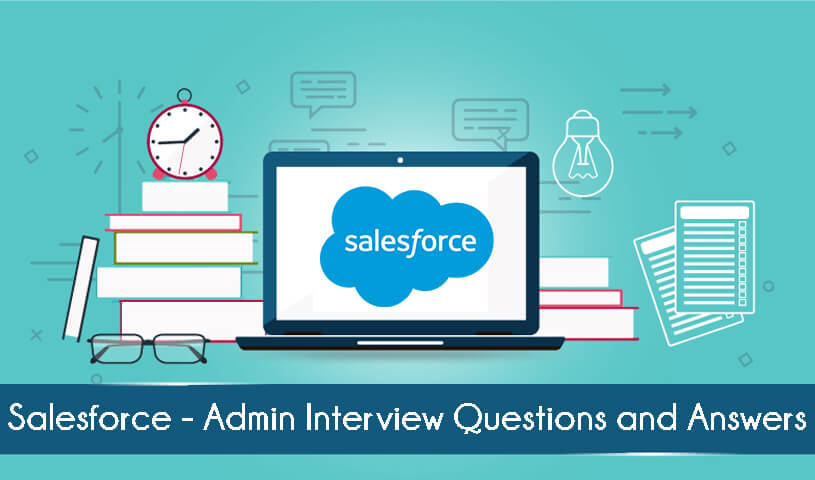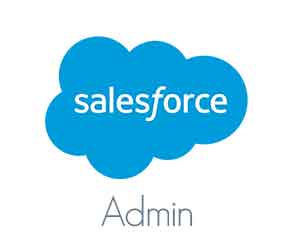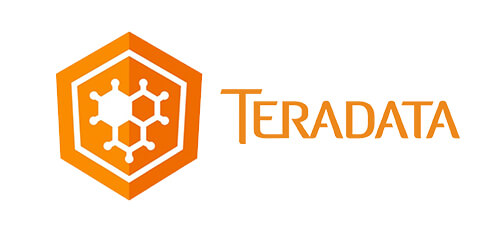
1. Expansion of CRM and explain?
Expansion of the CRM is “Customer Relationship Management”. CRM is an application helps to automate or digitalize the marketing functions by using CRM software. With this software, all the company or organization planned to increment in their profits and revenues. So that, this strategy of increasing the revenue and profit is made by exciting the customer, clients, and sales. The important concept of CRM is customer value. The four CRM initiatives are2. Distinguish between Salesforce.com and Force.com?
Comparatively both are same but different in functionality.Salesforce.com assist to build CRM practically built application.
For example – iPhone “app” that saves contact details, makes phone calls and all the other functions of a phone.
Force.com used to modify data model and user interface.
For example- iPhone OS environment that can build and run apps.
3. What are available Ports in Salesforce?
Three types of portals are available in salesforce.comCustomer Portal: It enables us to utilize the capabilities of the Web as the ideal channel to deliver superior self-service.
Partner Portal: It allows partner users to login to Salesforce via a separate website than our non-partner users.
Self Service Portal: Customers will able to search organization knowledge using this portal.
4. Why we used the Tab in Salesforce and mention the types of Tab?
Tabs are used to access the object’s data.There are three types of Tabs in Salesforce.com
5. What is the Profile? Name some standard profile available in Salesforce?
Profile is related to the setting and permissions in Salesforce to perform the varoius functions which are defined by users. It is another way to manage to particular records.Two types of Profile
6. How to delete or freeze users in salesforce.com?
It is not possible to delete a user in sales force.com but we can deactivate the user by freezing Freeze.à Users à Manage users à Administer àSetup7. Mention the ways to store files, documents, images in salesforce.com?
There are five ways where we can store files, documents, and images in sales force.com are:8. How to set the Login hours and Login IP ranges to the users in Salesforce?
Login hours- If Login hours set in an organization, then it restricts to log in before or after login hours.Setup | Administration | Manage users | Profiles.
Login IP – It helps to restrict the unauthorized IP addresses login attempt.
Setup | Administration setup | Manage users | Profiles.
9. List out the characteristics and function of Roll-up summary field?
Characteristics of Roll-up summary fieldThe functions of Roll-up summary fields are
10. What are the kinds of reports in Salesforce?
Sales force has four kinds of report. They are:Tabular Report: It is related to spreadsheet and this report is the simplest and fastest way to see the data. Tabular reports are best to creating the lists of record.
Summary Report: It is related to tabular report, but permits the users to group rows of data, view subtotals, and create charts.
Matrix Report: It is related to the summary report, but it permits the users to group and summarize data by both rows and columns.
Joined Report: Joined reports allows us to create multiple report blocks that gives different views of our data and each blocks act as a sub-report.
11. Define dynamic dashboards? Can we schedule dynamic dashboards?
Dynamic dashboards help us to show the set of metrics in an organization. It is created to extend security settings for dashboards at salesforce.comTwo setting options in dashboards




